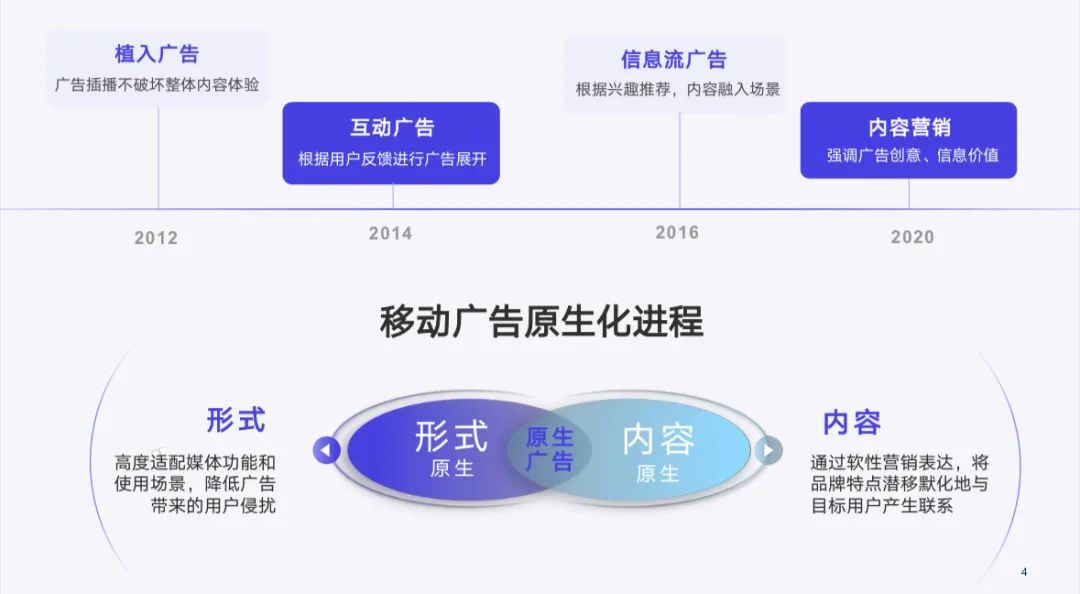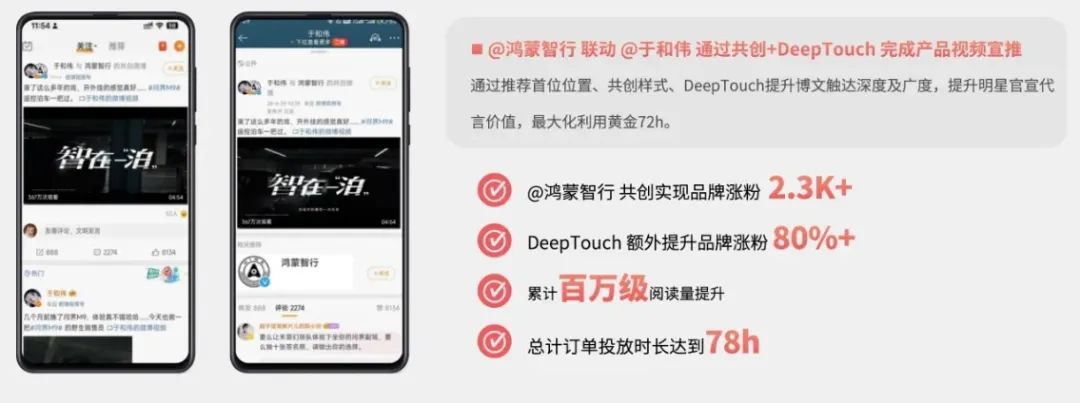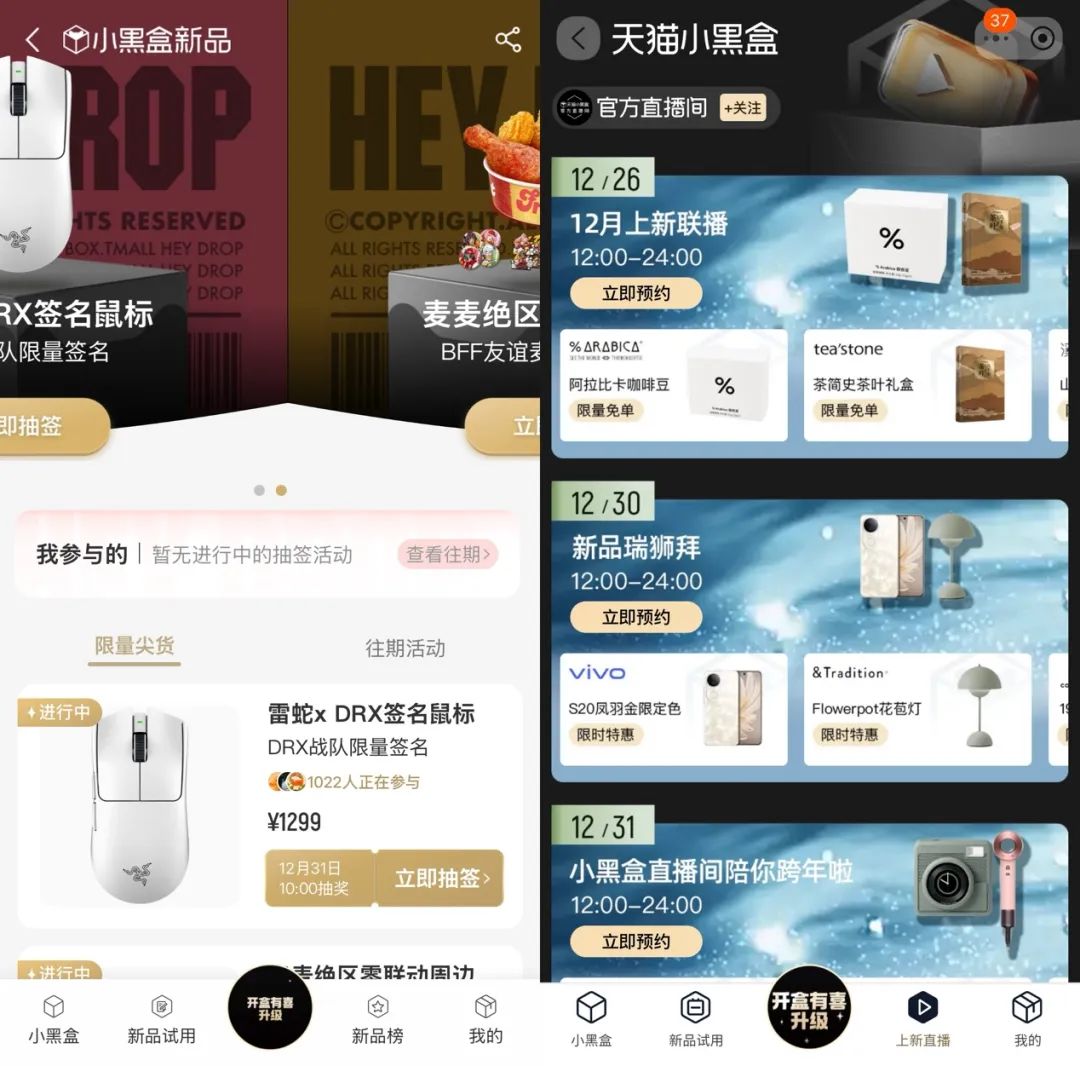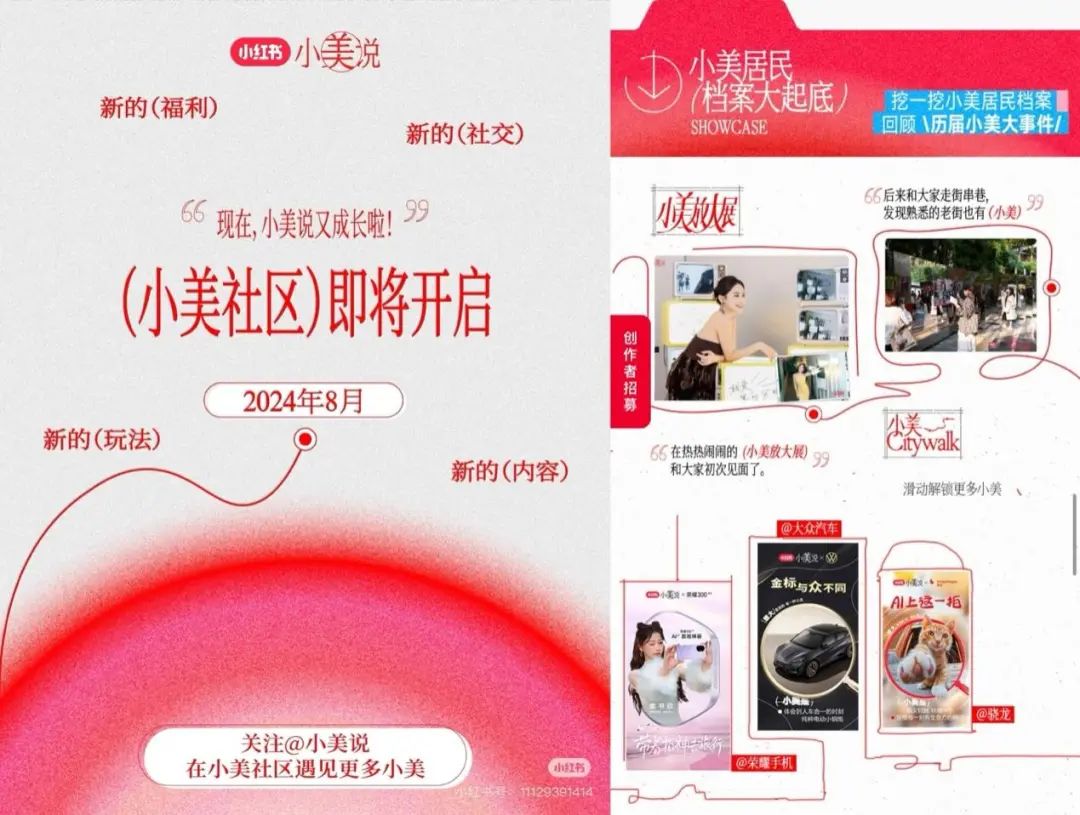The Race to Accelerate Marketing in 2024: Cutting-Edge Approaches from Industry Leaders
![]() 12/30 2024
12/30 2024
![]() 626
626
Reflecting on 2024, a complex and ever-evolving consumer landscape emerged, shaped by increasingly cautious consumers and rapid technological advancements. This blend of demystified consumption, emotional value, shifting channels, and a popular culture marked by "madness," "abstraction," and "acceptance" created a vibrant yet unpredictable environment. As AI transitions from the virtual to the real, reshaping industries, these changes posed new challenges for media innovation and prompted brands to reevaluate their operational strategies. By exploring innovative practices from leading platforms, we aim to provide a trend reference for the industry.
1
Native Advertising
With users becoming more sensitive to advertising formats, the effectiveness of traditional hard-sell tactics has waned, making native advertising the preferred choice for brands in their marketing endeavors, accounting for half of the mobile advertising market. Major internet platforms are actively enhancing native advertising, optimizing its integration with the platform ecosystem from presentation style to operational logic.

In this context, brands emphasize value expression while aligning content with platform tones. When distributing the same content across different platforms, they adjust titles or content ratios based on user preferences to maximize engagement. Key Opinion Leaders (KOLs) play a pivotal role in native content creation, injecting credibility into brands through authentic content, fostering deeper connections with users.
Weibo's Super Fans Pass exemplifies this trend, effectively promoting native advertising products. The vivo X200 series launch campaign demonstrated native advertising's potential, leveraging Weibo's vast recommendation scenarios. Within four hours of the event, native content exposure reached 100 million, propelling 22 topics to Weibo's trending list and garnering widespread internet attention.

Native advertising has transitioned from an auxiliary tool to a marketing mainstay. Its flexibility and reach enable brands to establish more natural and effective connections with users, becoming a crucial factor in their marketing success.
2
Product Customization
Amidst market segmentation and fierce competition, advertising products are evolving from generalized to customized solutions. Platforms enhance product functionality to better serve diverse scenarios and industries.
Weibo's Fan Headline co-creation product accelerates fan engagement with brands through a joint style. As post co-creation becomes standard in celebrity and KOL marketing, its applications have broadened. Styles have been upgraded to support co-creation between brands, other brands, IPs, and even central media. Xiaomi's collaboration with CCTV on the #SpringFestivalPhotographyContest# showcased Xiaomi phones' photography capabilities, gaining over 2.8k new followers, over 20 million additional reads, and valuable social assets.
Post co-creation, combined with other functions, forms a powerful synergy. In HarmonyOS's collaboration with actor Yu Hewei, post co-creation + DeepTouch efficiently promoted product videos, gaining 2.3K new followers and increasing brand followers by 80%, maximizing celebrity endorsement value.

Additionally, post co-creation launched a government affairs custom version to address the cultural tourism industry's online communication needs. This version offers higher content control and lower communication costs, fostering phenomenal communication activities and long-term influence for local cultural tourism brands.
Flexible and innovative advertising products have become a competitive advantage for platforms, providing brands with powerful tools for differentiated marketing.
3
Consumer Scenario-Based Marketing
Since the success of "Singles' Day," platform festivals and marketing IP construction have become core strategies to engage brands and users. From promotional nodes to cultural symbols, major platforms bridge brands and users through unique content and scenarios.
Tmall transforms traditional promotional tools into scenario-based, experiential, and long-term marketing strategies aligned with industry needs and consumption trends. From "Tmall Little Black Box" for new product incubation to "Tmall Super Brand Day" for promotions, Tmall offers trend-based strategies and traffic allocation tailored to brands' development stages.

For different industries, Tmall deepens brand-consumer emotional connections through scenario-based marketing. For example, "Tmall Gourmet Big Brand Day" capitalizes on trending marketing themes and new consumption scenarios, while "Tmall International Fourth Meal" focuses on global innovation and the nutritional supplement ecosystem.
Tmall innovates marketing tools through diverse consumption scenarios. Similarly, Xiaohongshu's marketing IPs are content-driven, leveraging user-generated content and authentic feedback to vividly present brand value propositions.
Through authentic notes, community language, and value consensus, Xiaohongshu creates unique IPs connecting target audiences, consumer needs, and real-life scenarios. Interesting and helpful user-generated content naturally promotes brands.
Integrating festive nodes with industry characteristics, Xiaohongshu combines practical communication paths with long-term social asset accumulation, facilitating effective brand growth.

Xiaohongshu's "Xiaomeishuo" initiative, in its first year, advocated "amplifying every little beauty in life." The second year saw the launch of tools like the "Xiaomeishuo" mini-program and Xiaomei Calendar, accelerating brands' private domain growth within the "life's little beauties" context.
Platforms' IP creation is rooted in deep consumption scenario cultivation, expanding brand marketing boundaries and setting industry benchmarks for scenario-based consumption.
4
Digital and Intelligent Operations
In 2024, AI emerged as the core driver of innovation. Amidst the "Hundred Models War," domestic AI innovations in technology and application frequently led the trend toward digital and intelligent operations.
Kuaishou's integration of AI technology into content production, advertising placement, and user service exemplifies this trend. Its Magnetic Creation Platform utilizes AIGC capabilities to intelligentize ad creation and placement, optimizing the entire chain from script development to precise distribution, significantly shortening creation cycles.

The UAX system integrates targeting optimization, budget allocation, and dynamic adjustment, providing a fully automated advertising solution. This enables brands to achieve more efficient exposure and conversions with lower learning costs.
The digital employee π supports high-concurrency scenarios and instant responses, enhancing user experience cost-effectively. Meanwhile, the AI digital human "Nuwa" automates 24/7 brand live streaming, fostering highly engaging interactions.
As AI technology deepens, digital and intelligent operations will evolve from tool empowerment to full-chain reshaping, aiding brands in deeper growth and value realization.
● Conclusion
In 2024, amid economic pressures, we witnessed the vitality and innovation possibilities. Leading platforms' practices redefine the brand-platform relationship, reflecting both an active response to new trends and the deep integration of technology and creativity. With continuous AI technology empowerment, brand-platform collaborative innovation will become more frequent and profound.
We hope brands find their rhythm amidst change, delve deeply into consumer needs, embrace innovation, and write new growth stories.







